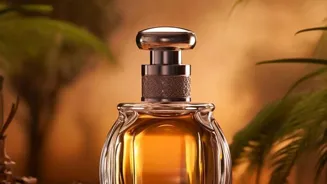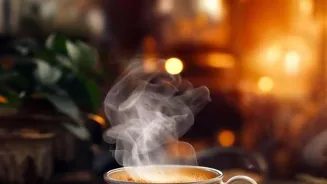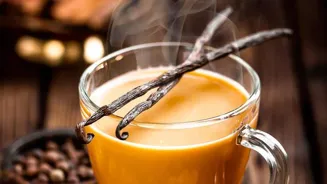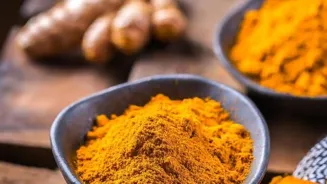Unveiling The Chemistry of Perfume: A Dive into the Enchanting World of Fragrance Creation. Explore the magic behind scents!
Fragrances, perfumes, attars – for centuries, these have been a part of our lives
in India. From the simple fragrance of sandalwood to the complex blends of modern perfumes, scent has the power to evoke memories, stir emotions, and even influence how we feel.
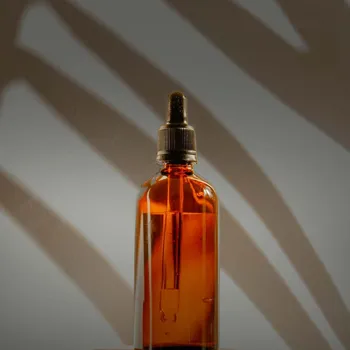
But have you ever stopped to wonder about the science behind that little bottle of magic? The crafting of a perfume is not just art; it’s heavily reliant on chemistry.
It involves a careful dance of ingredients, precise measurements, and a deep understanding of how different molecules interact with each other and our sense of smell. It’s a fascinating journey from raw materials to the bottled essence we adore.
Let us delve into the interesting world of perfume making.
India's rich fragrance history plays a key role in the global perfume industry
The perfume industry is a global giant, and India, with its rich history of fragrance and readily available natural ingredients, which is a prominent player. The story of a perfume begins with its ingredients.
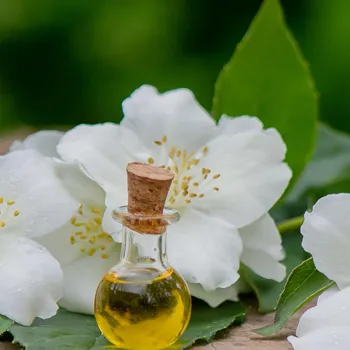
These can be sourced from nature – flowers like jasmine and rose, spices like cardamom and cinnamon, woods like sandalwood and cedarwood, and resins like frankincense and myrrh.
There are also synthetic ingredients, created in laboratories, which are often used to replicate rare or expensive natural scents, or to create entirely new, unique fragrances.
Perfumer blends scents in layers: top, heart, base notes
The perfumer, often called a "nose" ("Nose" being the individual in charge or creation and production in the perfume industry) is the artist and scientist behind the fragrance. They are the ones who possess a vast knowledge of different scents and how they blend together.
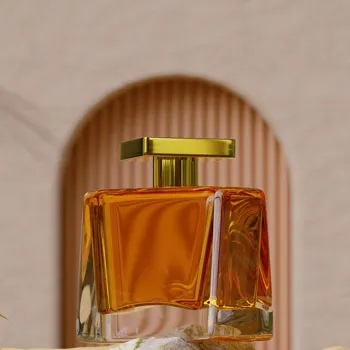
They carefully select and combine different ingredients, creating a "fragrance pyramid" with top notes, heart notes, and base notes. This pyramid describes how a scent unfolds over time.
Top notes are the first scents you smell when you apply a perfume; they are typically light and fresh, like citrus or herbs. These fade fairly quickly. Heart notes, also known as middle notes, emerge as the top notes fade.
These form the main body of the fragrance, often using floral or spicy scents. The base notes are the foundation of the perfume, providing depth and longevity. These scents are typically woody, musky, or resinous.
Various extraction methods for natural ingredients: steam distillation, solvent extraction, expression, enfleurage
Extraction is a crucial step in capturing the essence of natural ingredients. Several methods are used, each suited to different materials. Steam distillation is commonly used for extracting essential oils from flowers and plants.
Here, steam is passed through the plant material, carrying the fragrant oils with it. The steam is then cooled, and the oil separates from the water. Solvent extraction is used for more delicate flowers like jasmine. Plant material is soaked in a solvent, which dissolves the fragrant compounds.
The solvent is then evaporated, leaving behind a concentrated fragrant extract called "absolute". Expression, or cold pressing, is used for citrus fruits. The oils are simply squeezed out of the fruit peel.
Enfleurage, an older method is rarely used today; it involves placing flowers on a layer of fat, which absorbs their scent. The fat is then washed with alcohol to extract the fragrant oil.
Perfumer crafts unique scents through precise blending and aging
Once the extracts and essential oils are obtained, the perfumer blends them according to their carefully crafted formula. This is where artistry truly comes into play. The perfumer carefully measures each ingredient, often using precise scales and measuring devices.
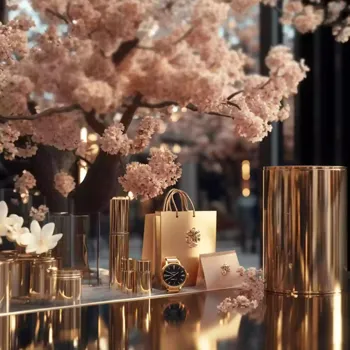
They experiment with different combinations, adjusting the proportions until they achieve the desired scent. This process can take weeks, months, or even years. The blend is then aged, allowing the different ingredients to meld together and the fragrance to mature.
Perfume concentration varies with alcohol content, affecting longevity and scent
Finally, the perfume concentrate is diluted with alcohol, usually ethanol. The amount of alcohol used determines the concentration of the fragrance. Perfumes with a higher concentration, such as "parfum" or "extrait de parfum," contain a higher percentage of fragrance oils and last longer.
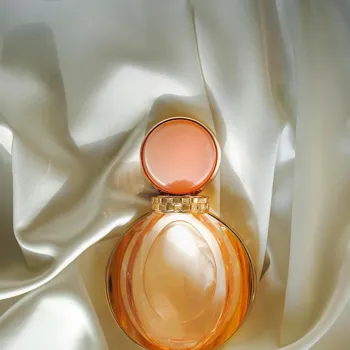
Eau de parfum is a lighter concentration, while eau de toilette and eau de cologne are even lighter. The perfume is then filtered to remove any impurities and bottled. The packaging is also an important aspect, often designed to reflect the fragrance's personality and appeal to the target audience.
Challenges and potential in India's perfume industry
The global manufacture stage can be a real challenge. Perfume businesses are extremely regulated to ensure the protection of consumers and that all the products are safe for skin and use.
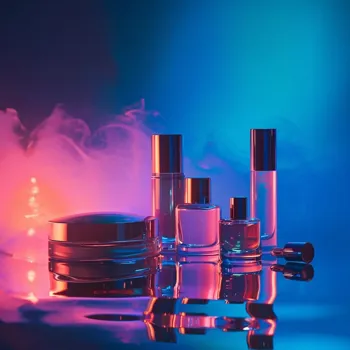
In India, the perfume industry faces unique challenges, including the availability and cost of raw materials, competition from international brands, and the need to adapt to changing consumer preferences. However, it also has immense potential.
India’s rich heritage of fragrance, its growing economy, and its increasing demand for luxury goods make it an attractive market for both domestic and international perfume brands.
Efforts are underway to promote sustainable sourcing of natural ingredients, support local perfumers, and develop innovative fragrances that appeal to the global market. The future of perfume in India looks bright, with the potential for continued growth and innovation.
AI Generated Content. Glance/InMobi shall have no liability for the content